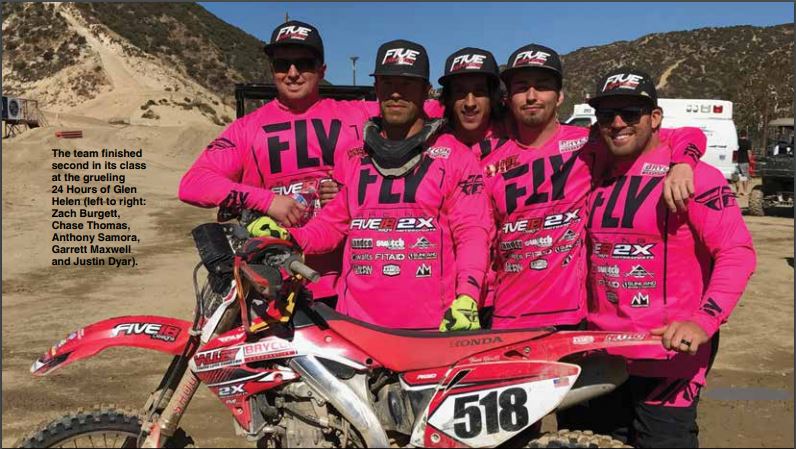AMSOIL-Sponsored Chase Sexton Takes Supercross Crown Lindsay Premo|May 08, 2019 8:52 AM As I plopped down on the sofa with my second cup of coffee Sunday morning, I tuned the DVR to watch the Supercross finals from Vegas (#centraltimezoneprobs). I knew two things from watching heats and LCQs the night before: 1. Those whoops were […]
You are browsing archives for
Category: Racing
Take a Ride Around the Milestone MX Trac...
Take a Ride Around the Milestone MX Track Lindsay Premo|Apr 22, 2019 1:54 PM Hunter and Jett Lawrence have had quite the journey to American motocross. After following the path of other successful Aussie riders like Chad Reed and Andrew McFarlane, they traveled to Europe to transition their careers to a larger scale, eventually landing […]
Why Steve Scheuring Chooses AMSOIL
This Man is Living His Dream: Why Steve Scheuring Chooses AMSOIL Daisy Quaker|Feb 08, 2019 8:35 AM We all have dreams. Maybe it’s a trip across America on a Harley. Or the backcountry sledding trip of a lifetime. Maybe it’s climbing boulders and crossing ravines in a 1943 Willys Jeep. For Steve Scheuring, it was building […]
Amsoil Products Help Team To Podium Fini...
AMSOIL PRODUCTS HELP TEAM TO PODIUM FINISH IN 24-HOUR MOTOCROSS RACE Each fall, the world-famous Glen Helen Raceway in San Bernardino, Calif. holds one of the most grueling races in motocross – the 24 Hours of Glen Helen. Last October, Justin Dyar, of Chandler, Ariz., and four of his friends mastered the narrow canyons and […]


